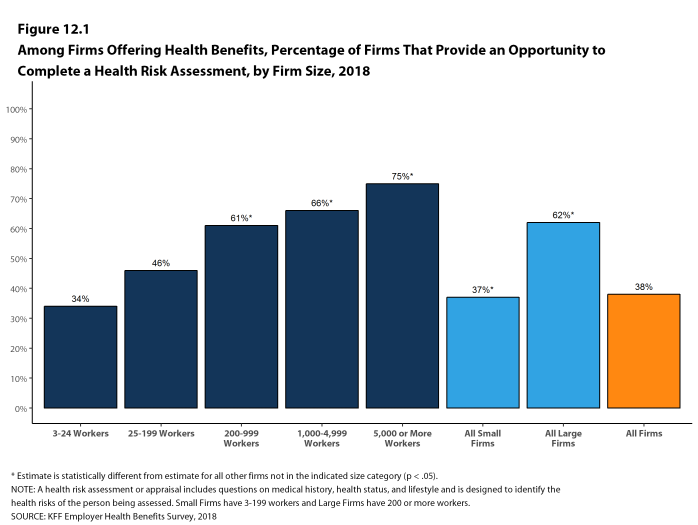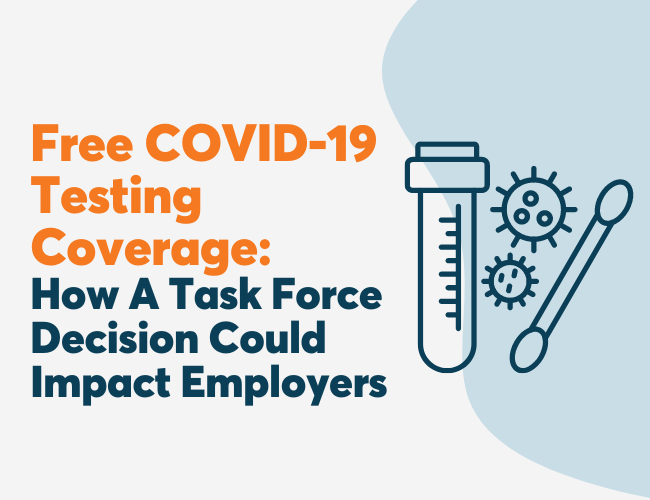Companies offer wellness programs because leaders and employees see the benefits of promoting physical, mental, social, and financial fitness. However, sometimes, companies can get too heavy-handed in their promotion of better health.
Case in point: Yale University was hit with a class-action lawsuit for the structure of its employee wellness program, Health Expectations. Like most wellness programs, Yale offers incentives to participants for certain activities, such as getting an annual checkup or specific medical screening.
The program is described as voluntary for the university’s 5,000 union workers, but employees who don’t participate are charged $25 a week, the equivalent of $1,300 per year.
The plaintiffs, who are represented by the AARP Foundation, said the program is not voluntary if it includes punishment for non-participation. Given the size of the penalty and the average compensation for many of the union employees, the “voluntary” program is mandatory for all intents and purposes. Employees explained that to participate in the program, they must agree that information from the medical exams, personal health information, and family history could be shared with multiple wellness vendors. Workers also said that forcing them to divulge personal health information could lead to discrimination, conflicting with the Americans with Disabilities Act (ADA) and Genetic Information Nondiscrimination Act (GINA), federal laws that protect employee privacy.
Wellness Incentives Are Common
It’s not unheard of for organizations like Yale to offer an incentive to employees for participating in a wellness program. A study by the Kaiser Family Foundation found that 50% of large companies offered biometric screening for employees, and among those, 60% offered an incentive for participating, such as a reduced premium contribution or cash. The problem comes when companies offer a disincentive or penalty for not taking part in the program. 
New EEOC Rules Add Complexity
Before 2019, employers could provide financial incentives for employees in wellness programs as long as participation was “voluntary” and the incentive was not more than 30% of the total cost of the employee’s health plan. In January of this year, however, the U.S. Equal Employment Opportunity Commission (EEOC) vacated the 30% limit and has not yet issued new guidelines. As a result, employers are not sure what kind of financial incentives companies can provide or what constitutes voluntary participation.
Alternatives For Screening Incentives
While the law is in limbo, employers still want to encourage wellness program participation. Incentives can and should be used to motivate employees to focus on well-being, and many companies allow employees to accumulate points that lead up to rewards.
If companies want to offer incentives for clinical exams, such as biometric screening or health assessments (although there are compelling reasons not to provide these exams), they can continue with this practice without getting into legal trouble if they also offer non-clinical alternatives.
Wellness expert Al Lewis describes how this works on a Whiteboard Wednesday session. He gives this example: if an employee can accumulate 100 points by participating in clinical assessments, companies should also offer several non-clinical programs employees can participate instead, such as Wellable, fitness tracking, and step challenges. The key is that the non-clinical options must add up to the 100 as well, so the employee has an equal opportunity to meet the incentive without being forced to share their personal health information.
The Yale University lawsuit hasn’t been settled, but companies should examine the structure of their wellness programs and look at alternatives to “mandatory” clinical screenings to stay out of murky waters.












